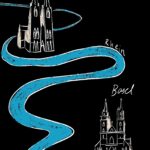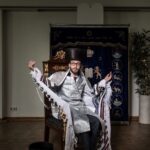«There are many definitions of Jewishness.»
Four questions for Darja Pisetzki
Darja Alexandra Pisetzki studied Jewish museums and cultural institutions in the Alemannic region. She wrote her doctoral dissertation in 2021 on how the institutions depict Judaism, in particular distinguishing between displays which show Jewish self-representation from an inner perspective and displays about Judaism from an external perspective. Her book appeared this month. Naomi Lubrich spoke with the author about a research project which led her across European borders into Jewish village histories.
Naomi Lubrich: Darja, you studied Alemannic Jewish museums and cultural institutions and just published your observations. Why did you choose the topic?
Darja Pisetzki: As a student, I was interested the difference between displays of Judaism from an inner perspective and displays about Judaism from an external perspective. I wrote my master’s thesis on the inauguration of Jewish museums in Germany after 1945 with a particular focus on the Jewish Museum Berlin. The Jewish Museum Berlin was criticized for not sufficiently involving the Jewish community in the conceptual work on the permanent exhibition in 2001 and therefore of presenting a view of Judaism from the outside, in other words «othering» Jews. After completing my master’s degree, I wanted to look into this question more closely. I was particularly interested in the perspective from which «Jewishness» is presented and communicated in other countries.
NL: What is special about the Alemannic language area?
DP: The majority of Alemannic Jews lived in villages and small towns in the 18th and early 19th centuries. Despite national borders and the vastness of the region in which they lived, the Jews in this community shared a common language, religion, and modes of employment. Local Jewish museums today tell of the living conditions, intercommunal exchange, and cultural and religious practices of the so-called «Dorfjuden,» (village Jews).
NL: How Jewish museums define «Jewishness» varies from museum to museum. What surprised you most?
DP: What surprised me most was the wide spectrum of possibilities in how to define what Judaism is. It became clear that there is no single definition of what Judaism or «Jewishness» is today. My research on Jewish museums and Jewish outreach projects has broadened my understanding of «Jewishness,» to include religious, ethnic, cultural, historical, and philosophical aspects as well as questions of identity.
NL: Jewish museums, including ours, have changed a lot in the past twenty years. How do you think they will evolve in the next twenty years?
DP: Today, at a time when information and knowledge is available anytime and anywhere, museums will probably change most in the way they present and communicate their topics. They will become increasingly interactive places of exchange with visitors. I’m curious to see how Jewish museums will bridge the gap between historical and modern topics and at the same time enter into dialogue with their visitors. The «Doppeltür» cultural center, for example, will convey the history of Jewish life in the Surbtal by means of short films. Visitors can choose which topics they want to view. The selection of topics includes migration, Jewish religion/culture and the coexistence of Jews and Christians. And the visitors can decide how the story told in the films should continue.
NL: Darja, thank you very much for your insights.
verfasst am 16.09.2022

Four questions for Christiane Twiehaus


